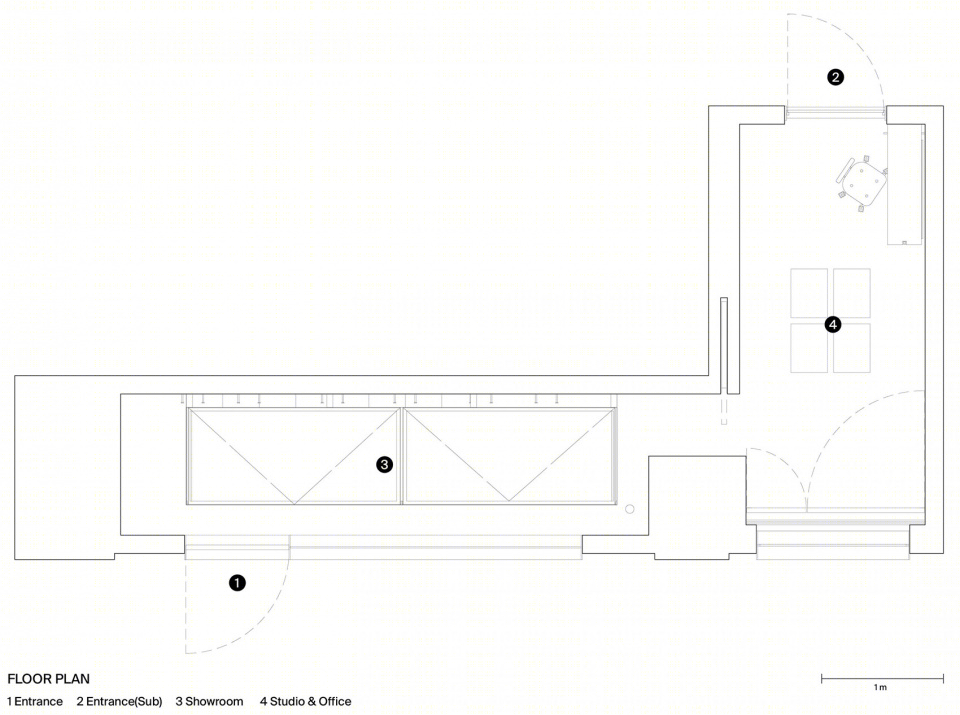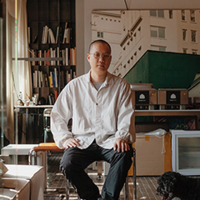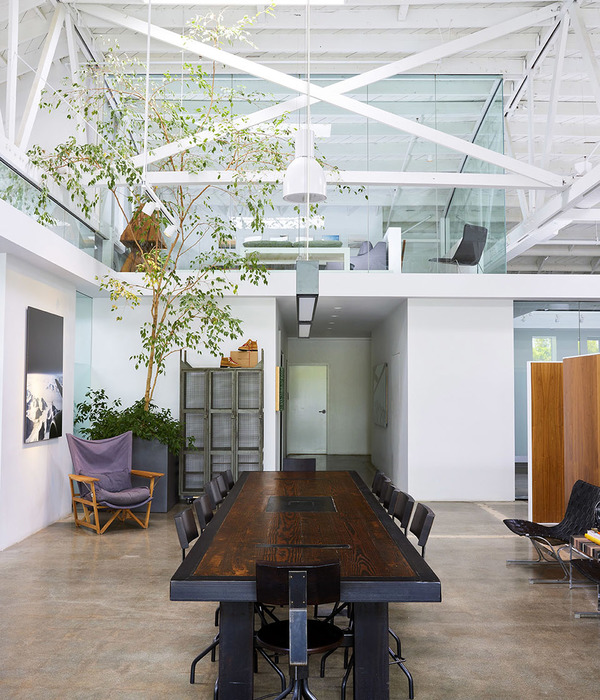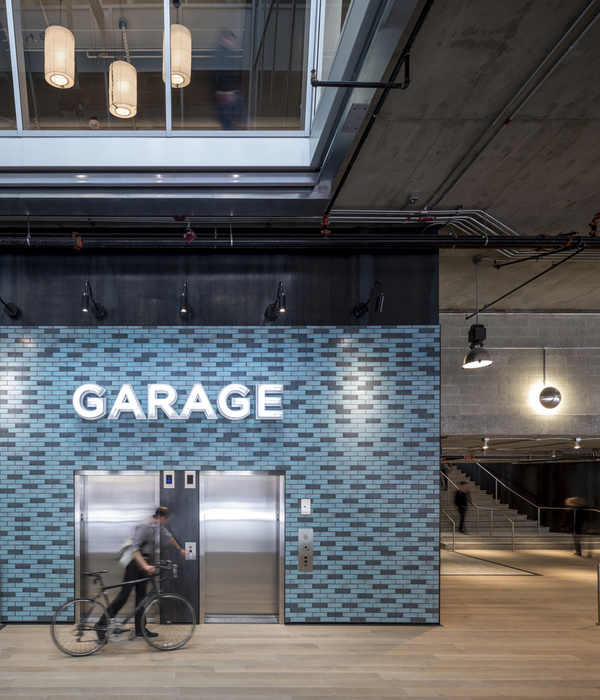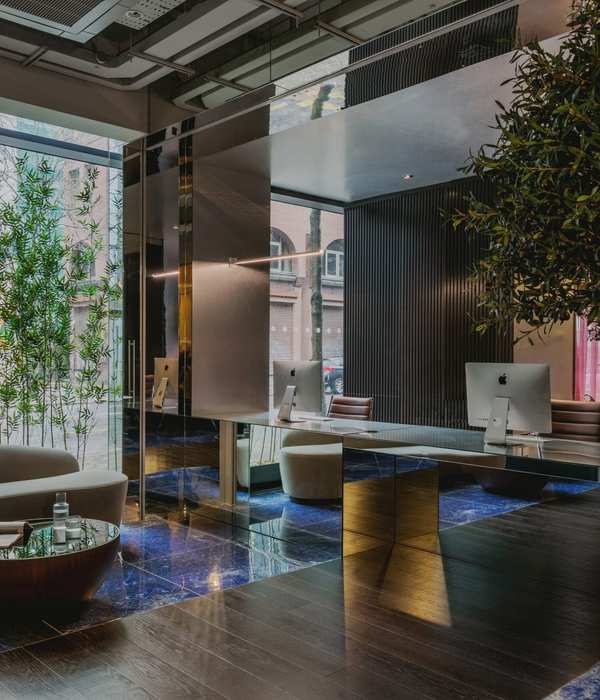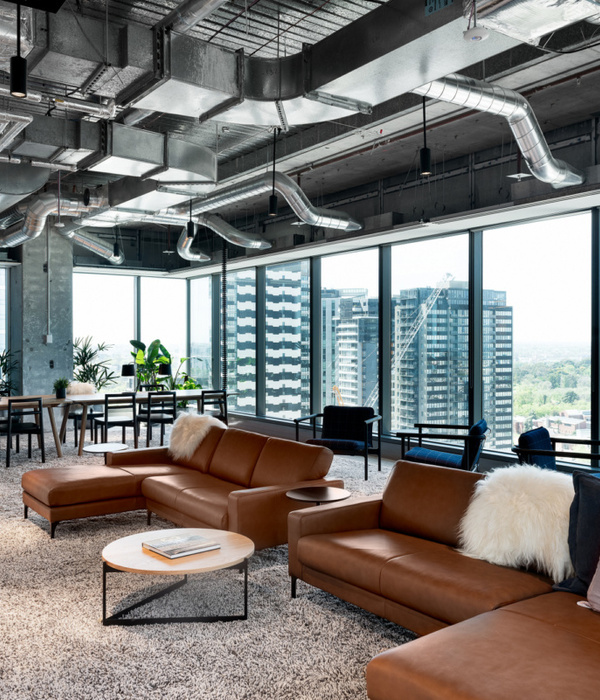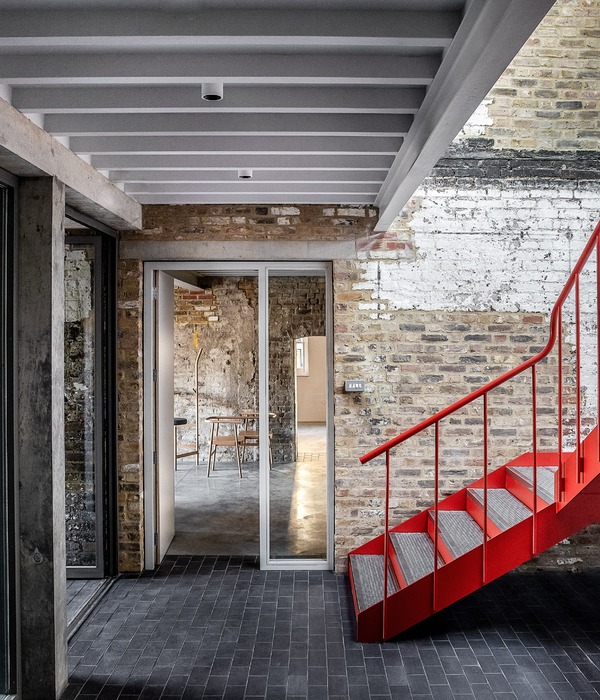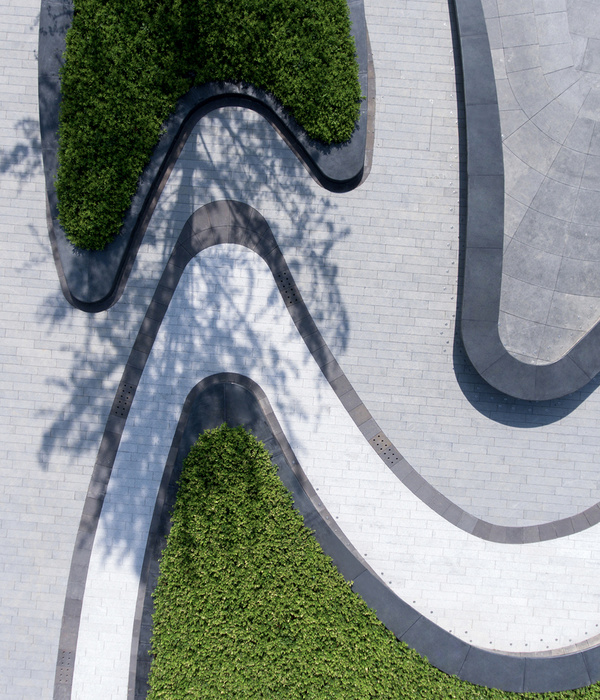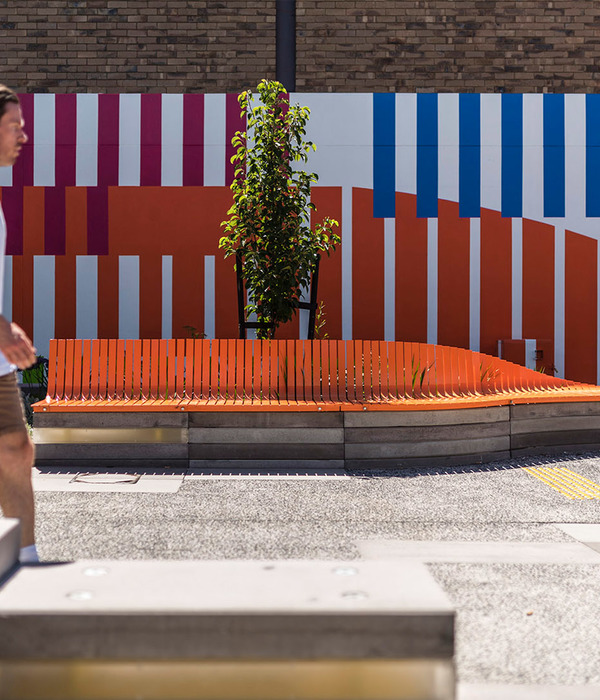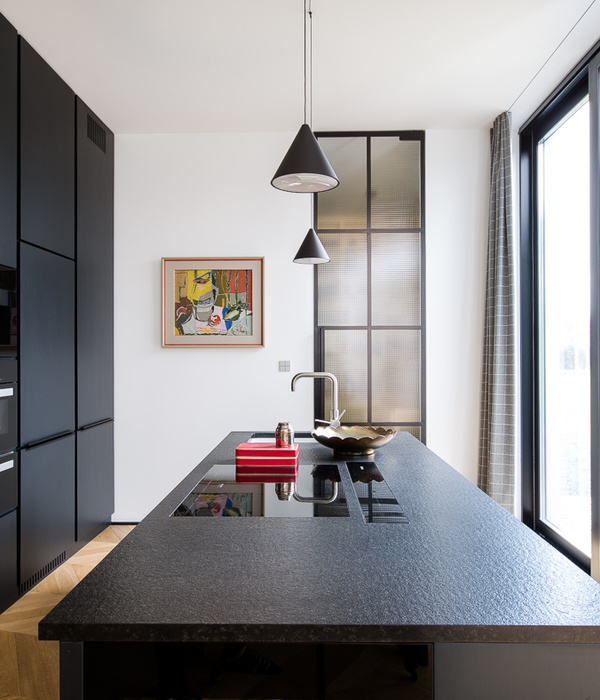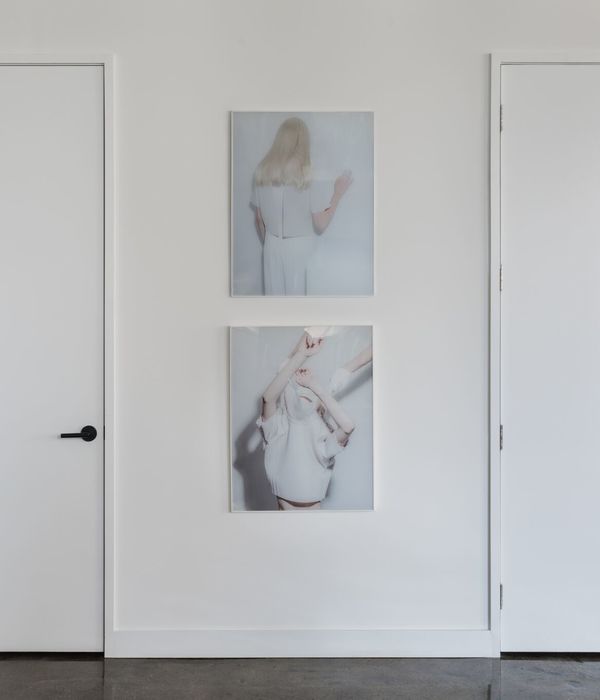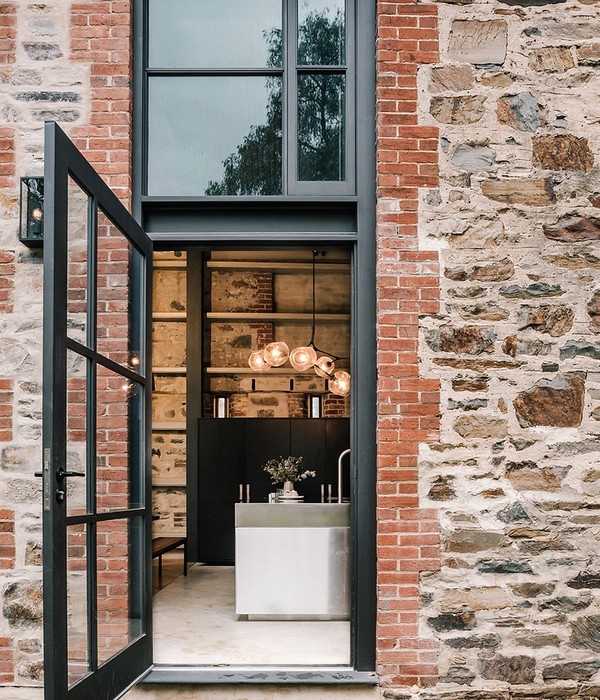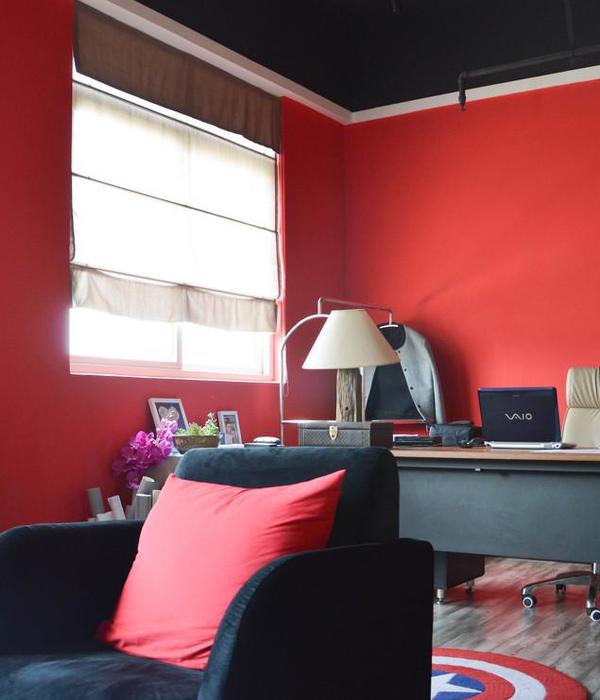植物的修行 | 首尔小空间园艺设计
- 项目名称:Taste of Plant
- 设计方:Creative Studio Unravel
- 公司官网:http:,,www.studiounravel.com,
- 联系邮箱:ydy@studiounravel.com
- 主创及设计团队:Creative Studio Unravel
- 项目地址:1F,84,Yulgok-ro,Jongno-gu,Seoul,Republic of Korea
- 摄影版权:Sunghoon,Han
- 客户:Individual
Taste of Plant(植物的取向)是直接采集野生草木, 并将植物的质感和形态表现的就如园艺家的感觉,而这种工作方式与其说是“园艺”,不如说是一种“修行”。
In Taste of Plant, the method of collecting wild plants directly and transferring the texture and shape of plants to the sense of horticulturist is a performance rather than horticulture.
▼项目外观 external view of the project ©Sunghoon, Han
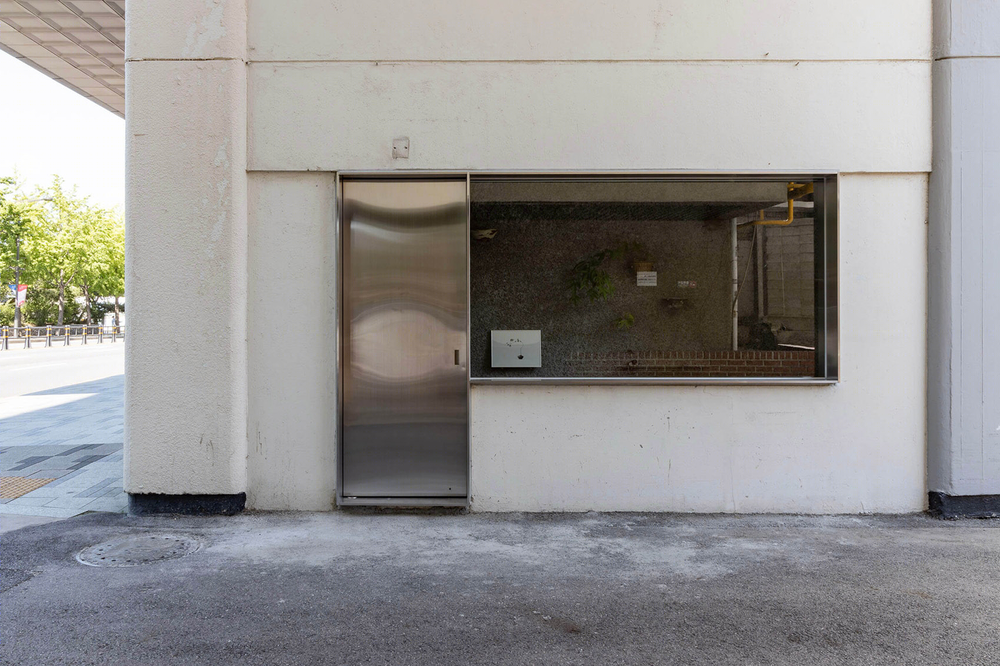
▼入口细部,保留历史的痕迹 details of the entrance with traces of history ©Sunghoon, Han
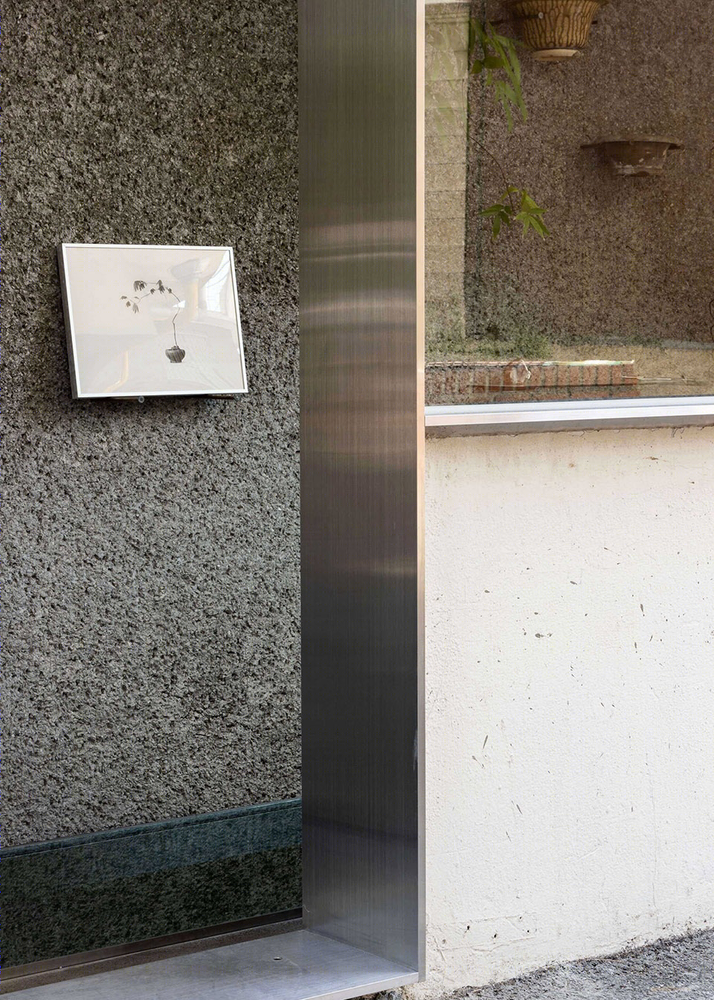
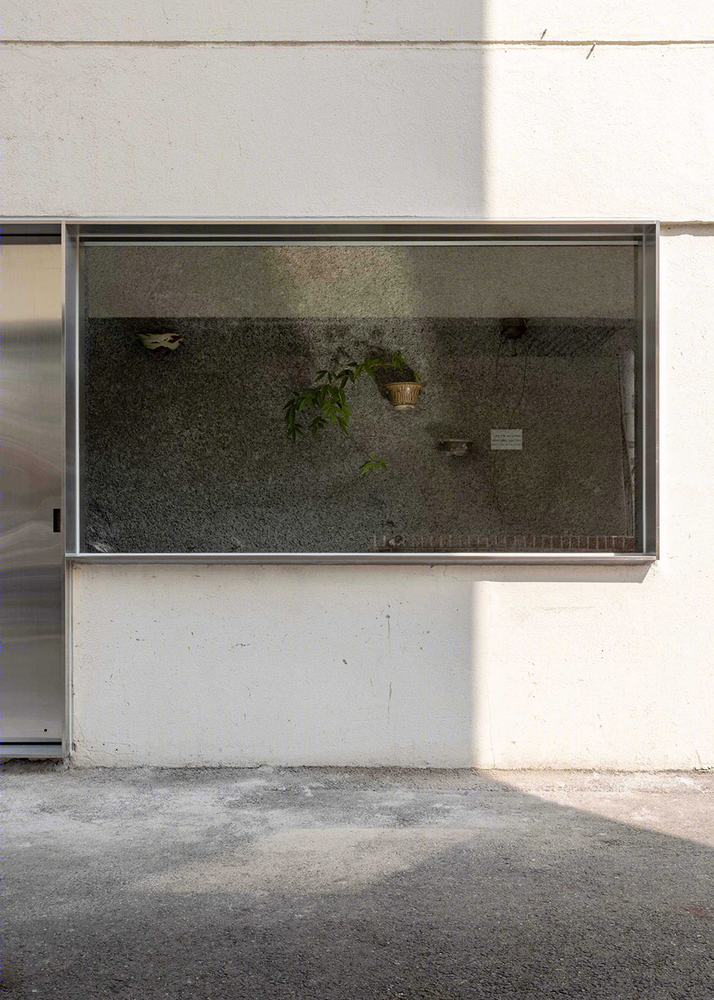
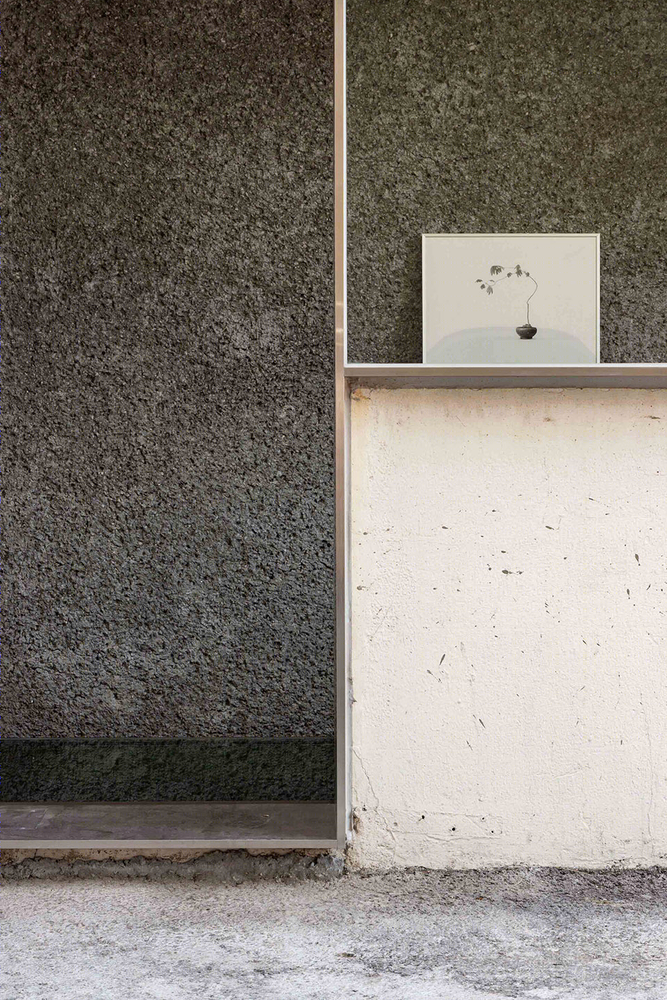
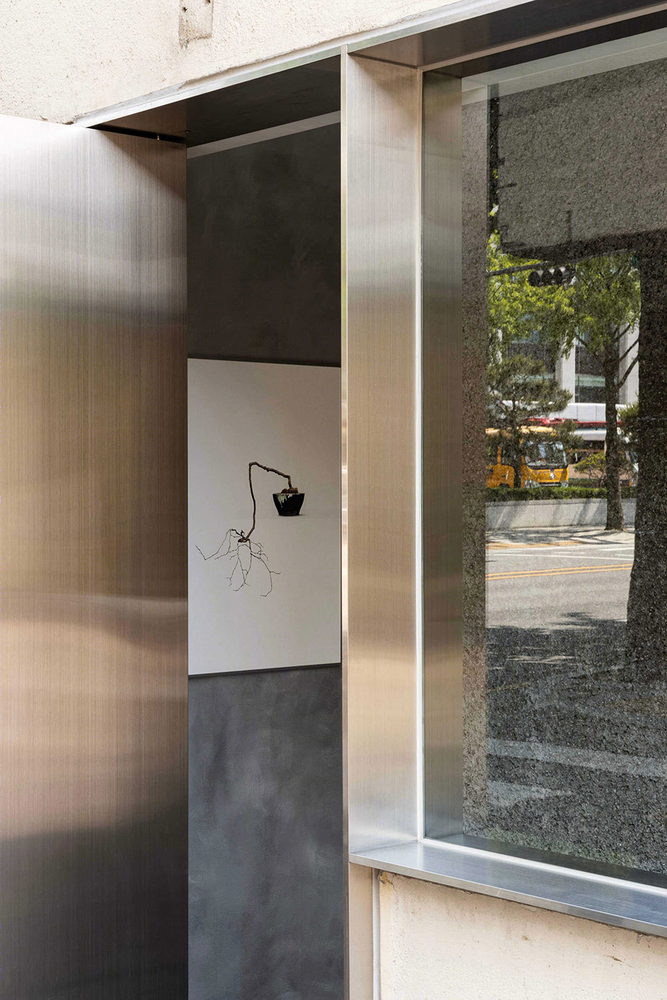
该小工作室建于1971年,位于钟路区栗谷路花园塔(Garden Tower)上,历经半个世纪的时间,通过痕迹讲述了自己的历史。为了重新给与生气需要了解及发现曾经闭塞的过去,与此同时去除被时间磨损的部分,留下时间留下的部分的工作也是一种“修行”。
The small studio located at the Garden Tower in Yulgok-ro, Jongno-gu, built in 1971, has overcome time for half a century and talked about its own history through traces. Discovering the long-closed past and breathing in, removing some worn-out time, and leaving the rest of the time alone are also one of the tasks.
▼展览室 show room ©Sunghoon, Han
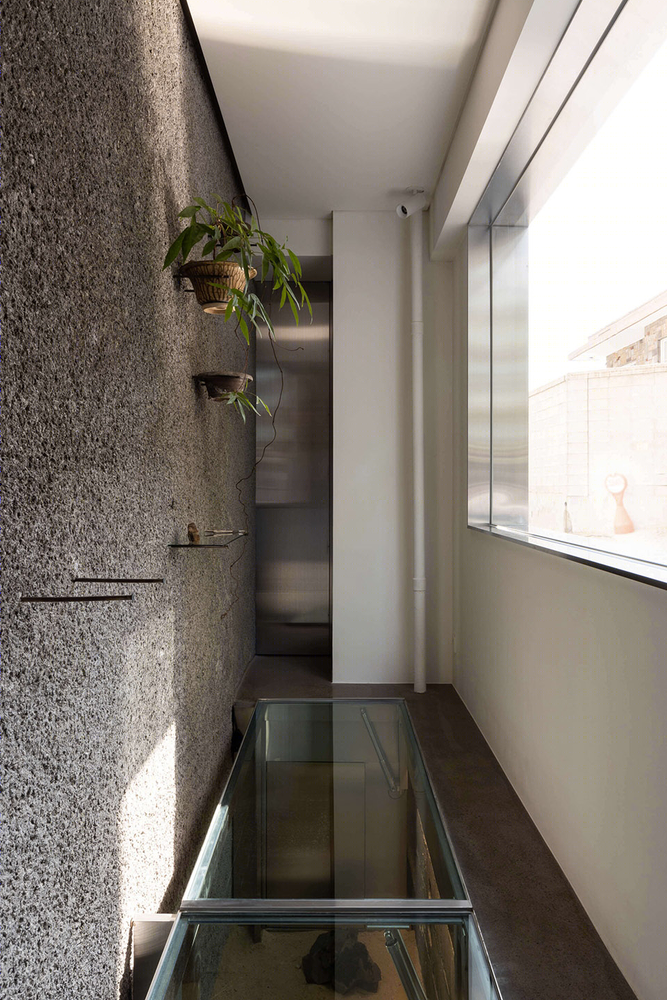
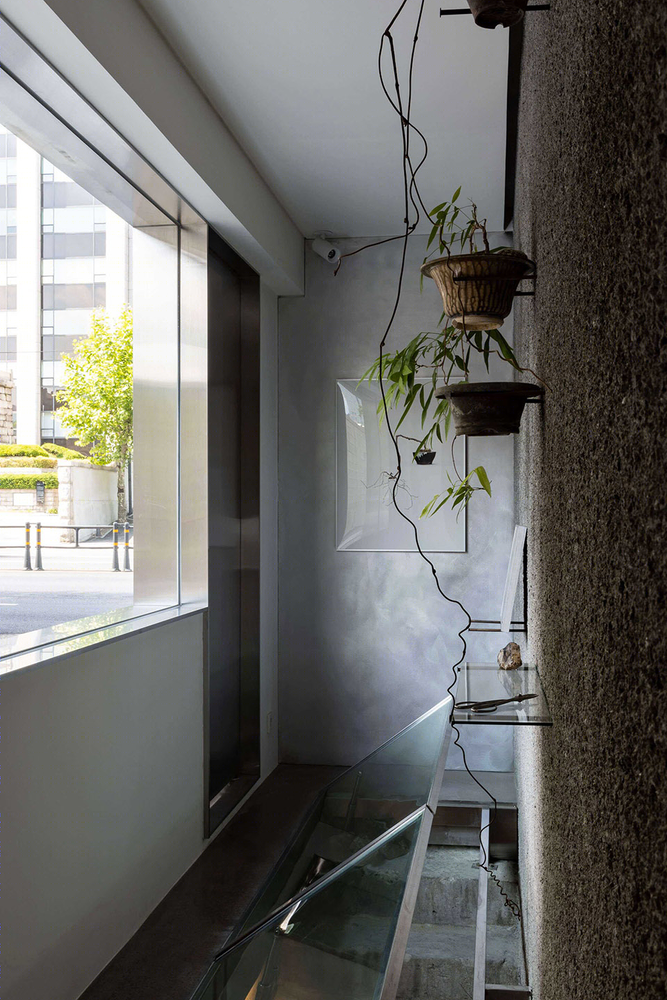
▼现代材料与粗糙墙壁的对比 contrast between the modern materials and the coarse wall ©Sunghoon, Han
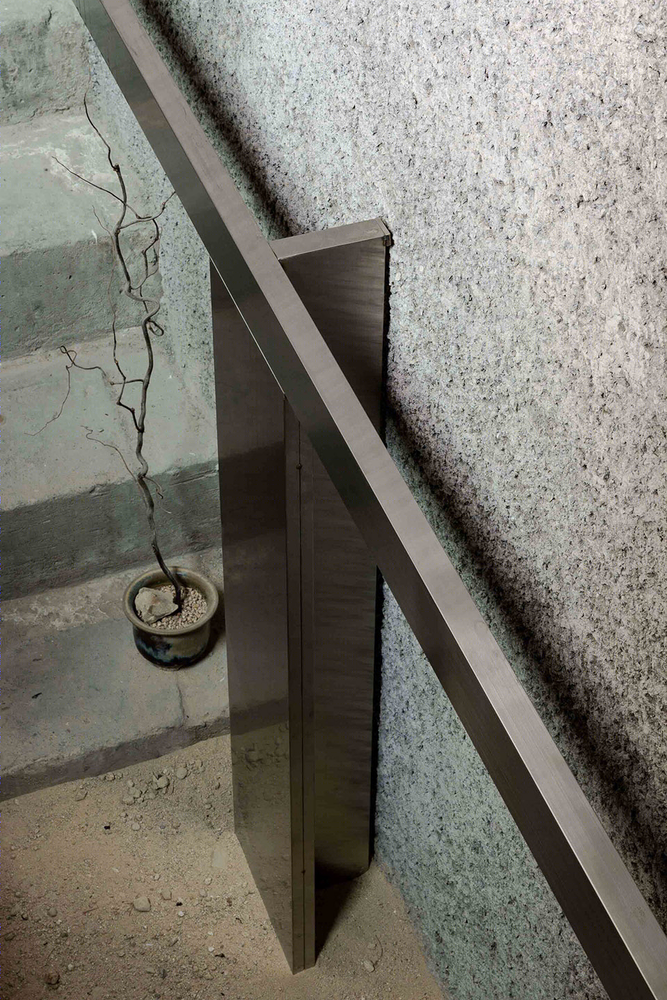
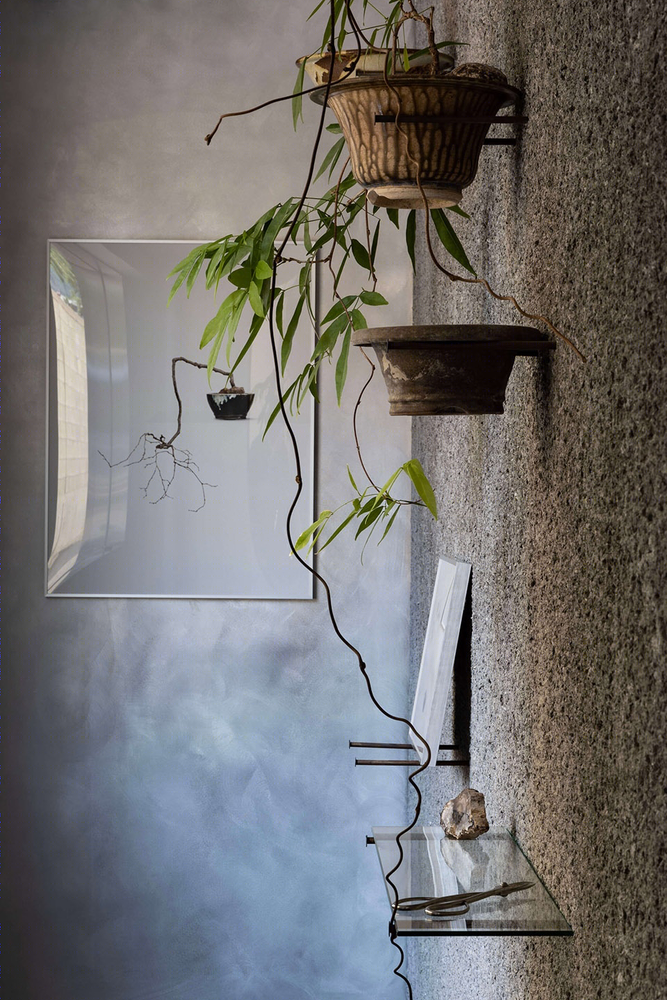
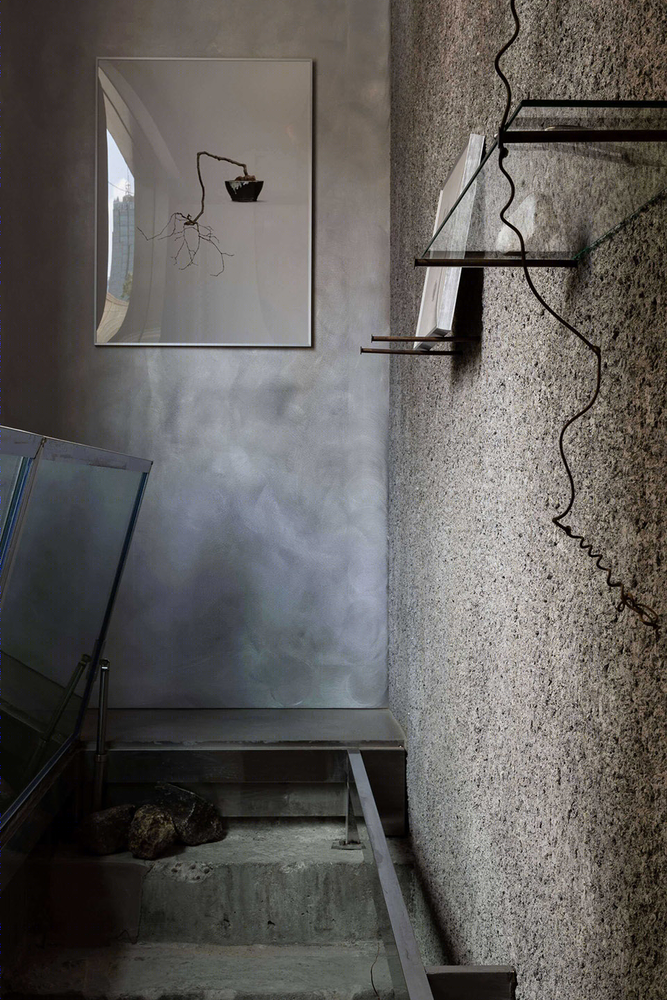
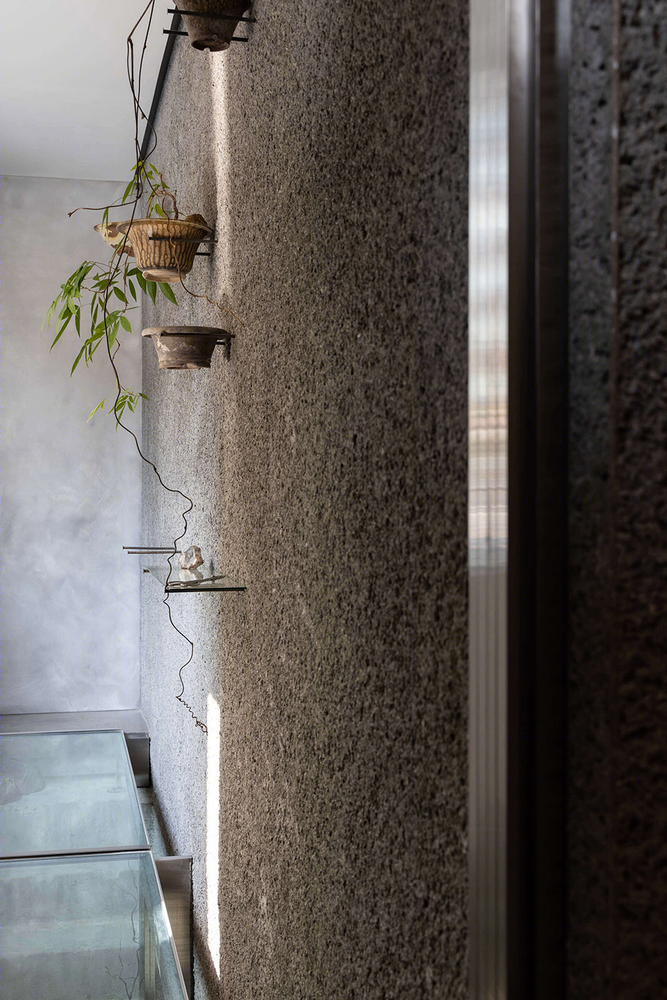
▼可开启的玻璃顶细部 details of the operable glass caps ©Sunghoon, Han
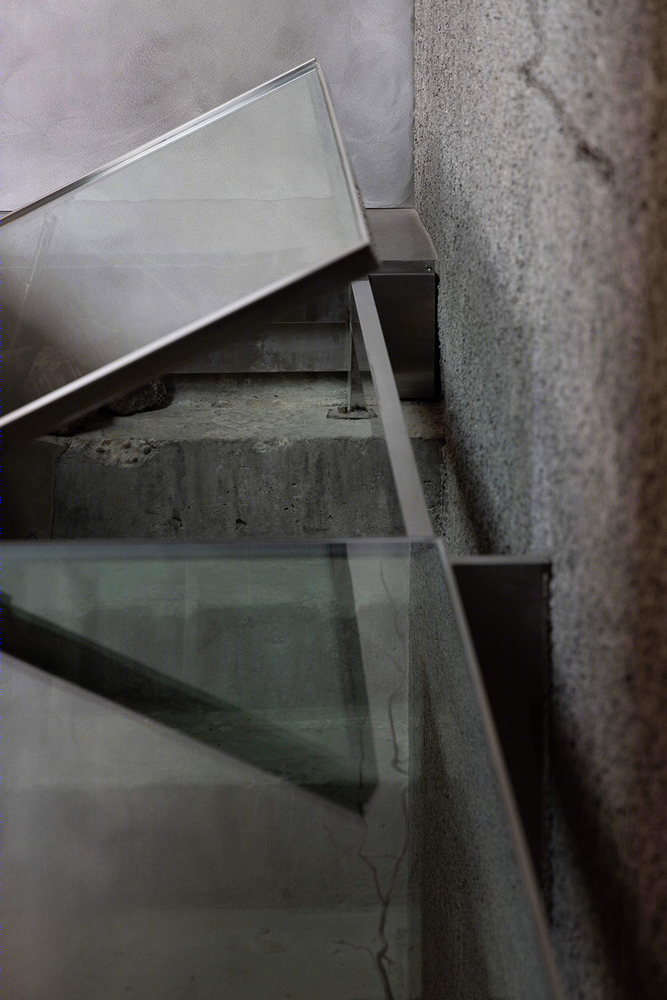
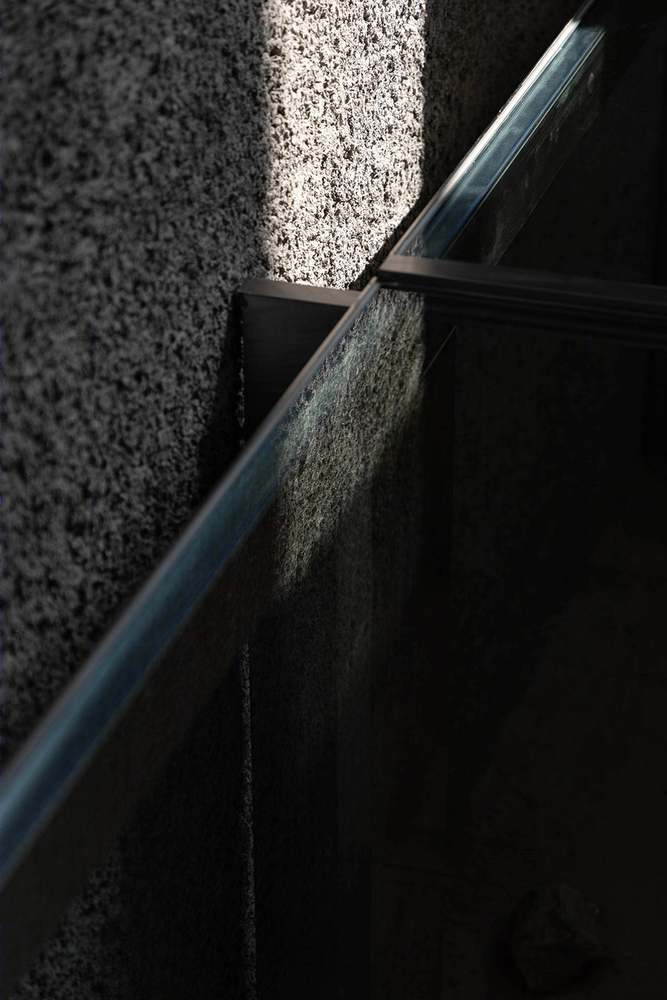
▼展架和植物细部 details of the shelves and plants ©Sunghoon, Han
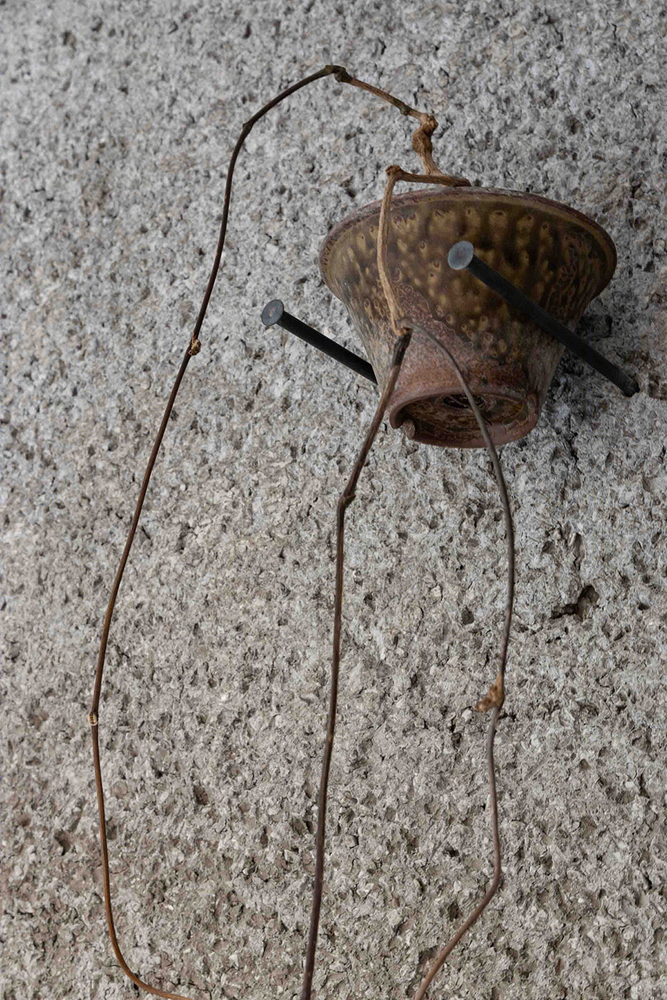
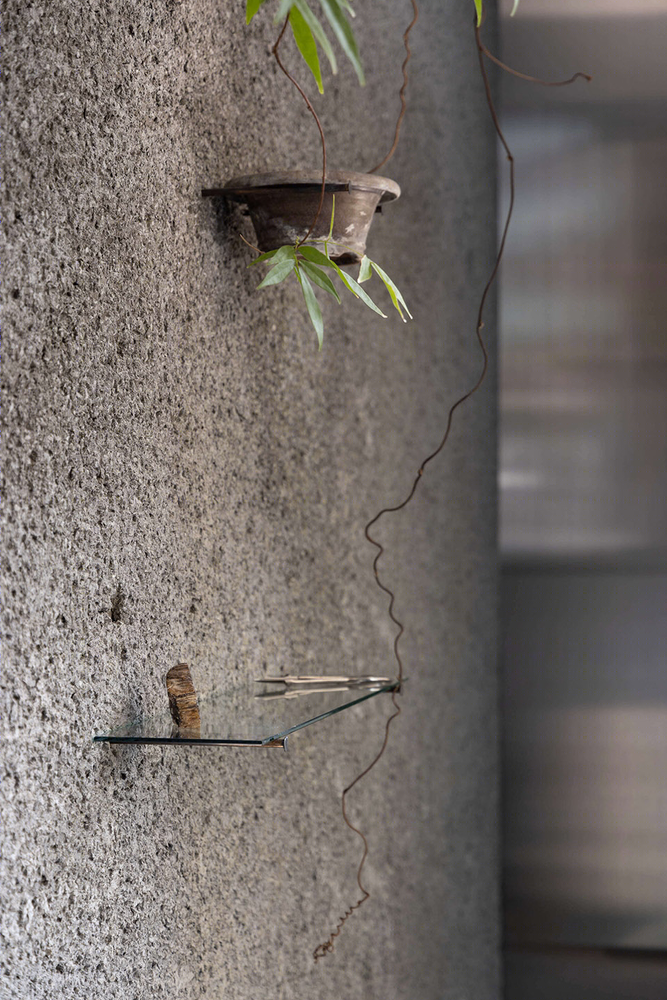
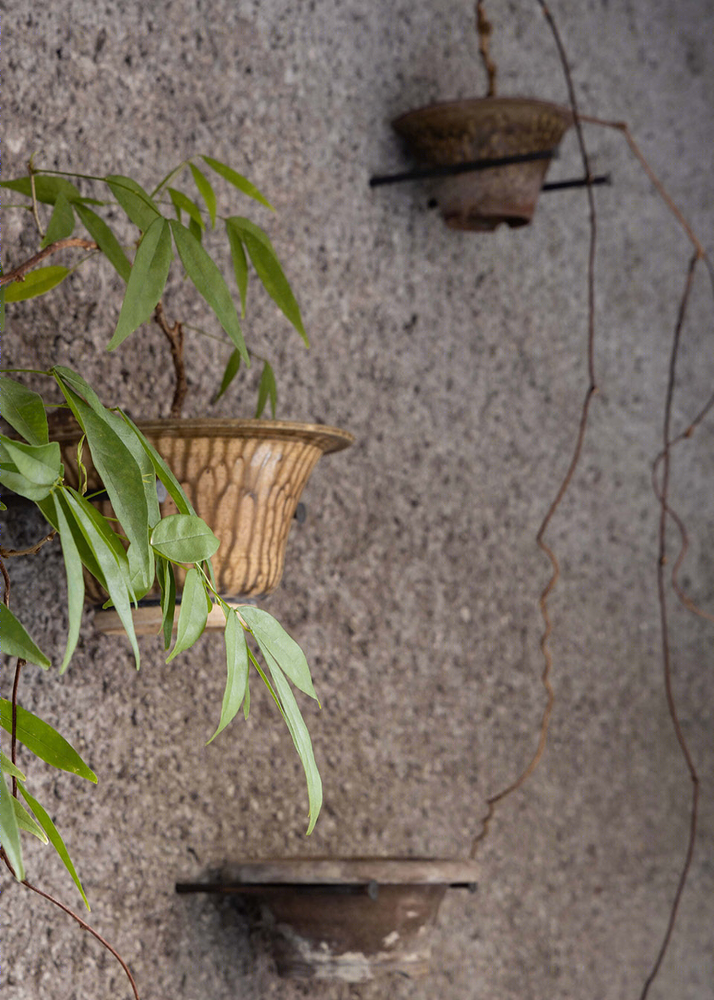
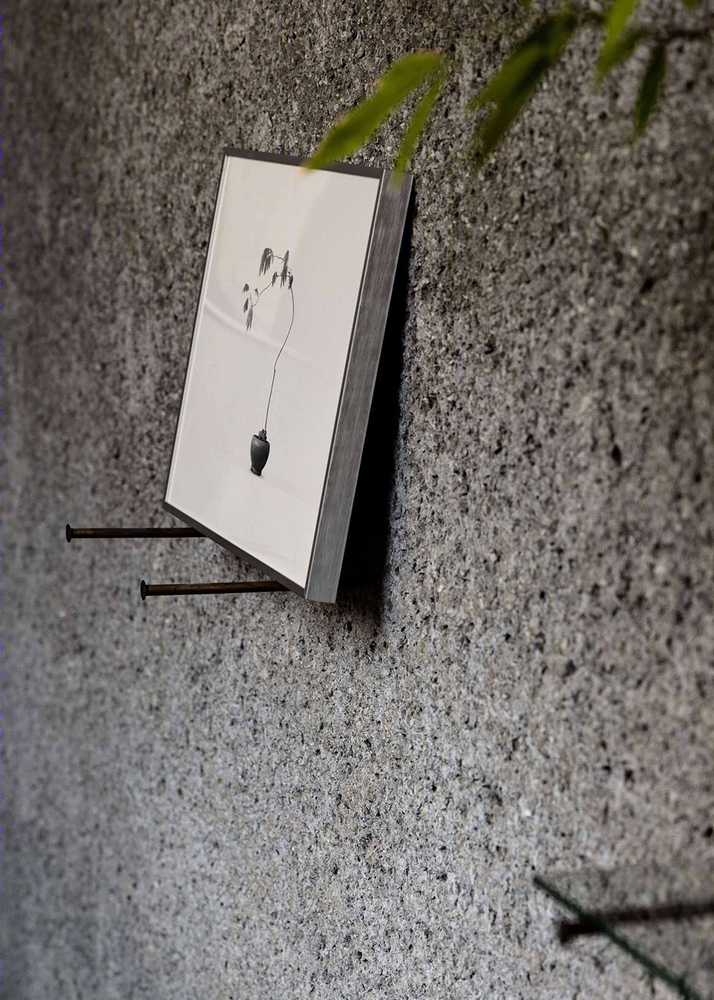
通过园艺家的表达方式来加以“事物化”,录制空间和植物有限的时间的工作。这也是把该两个对象的时间能够一起扎根的一种方法。
The work of stuffing finite time of space and plant, letting them objectified with borrowing the horticulturist’s language is a material and method that takes down the time of two objects.
▼另一个入口连接的工作室 studio with the other entrance ©Sunghoon, Han
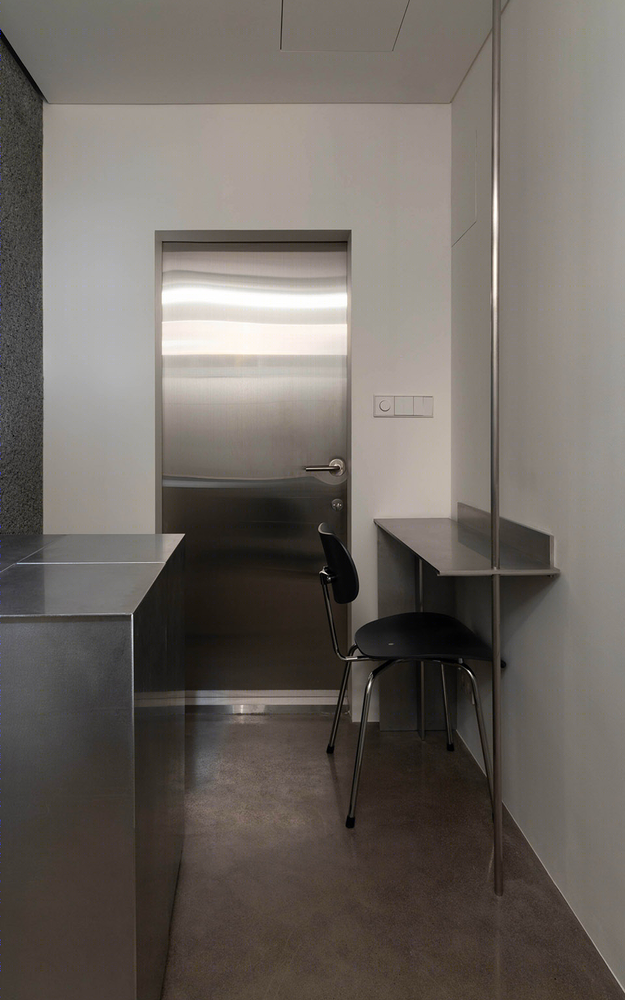
▼工作室紧凑的空间 compact space of the studio ©Sunghoon, Han
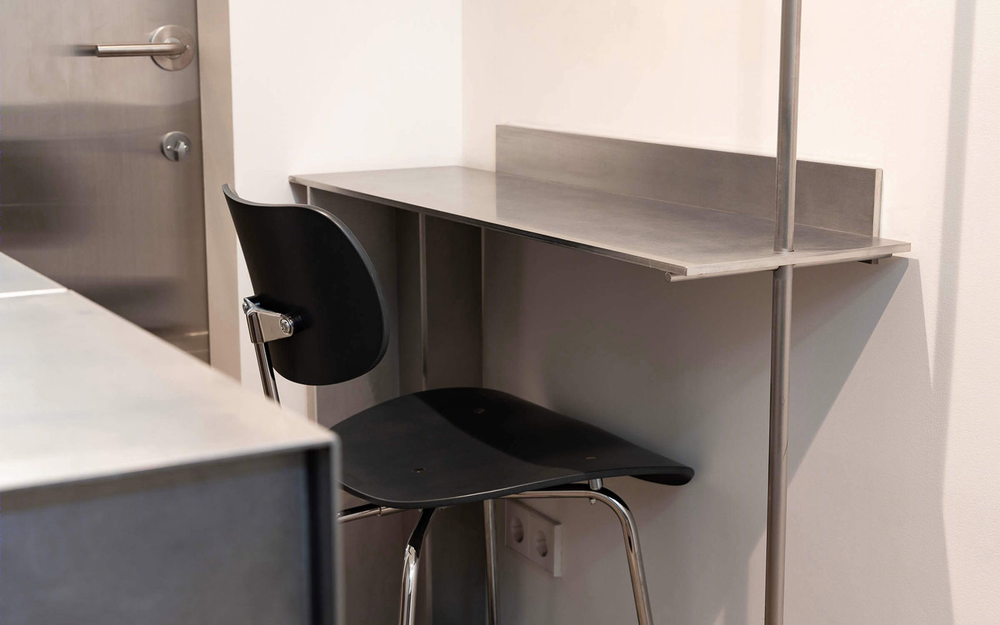
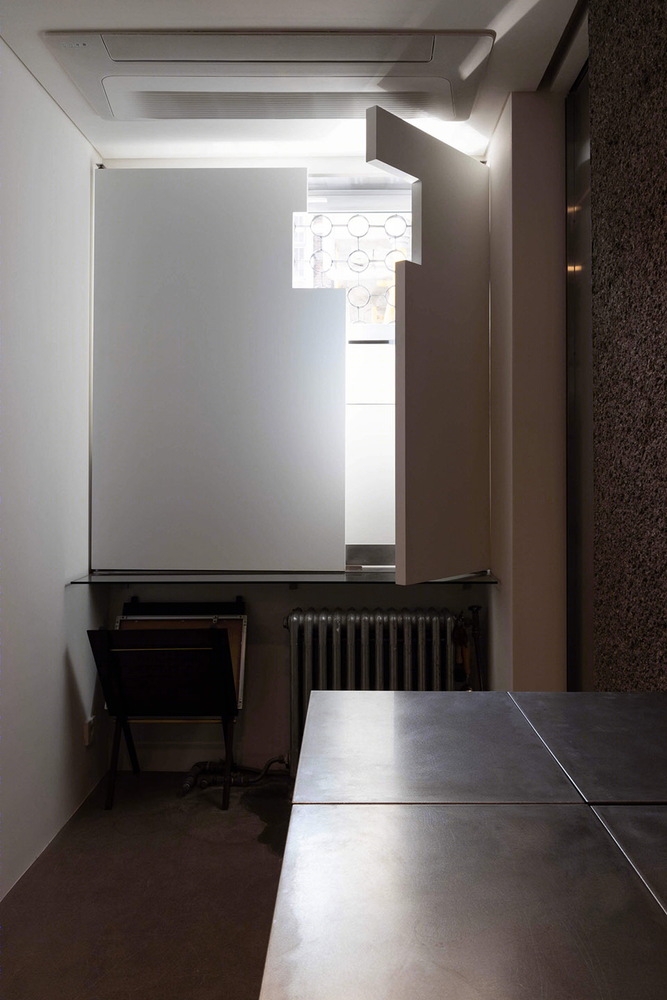
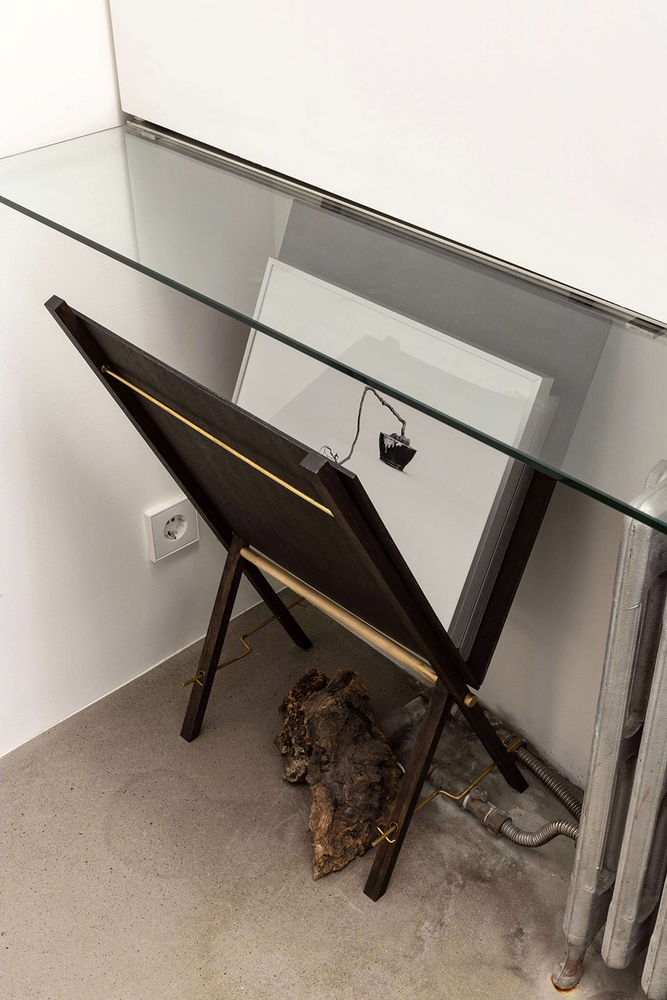
▼透过圆形花窗形成的独特光影 unique light shadow effects generated by the hollowed window ©Sunghoon, Han
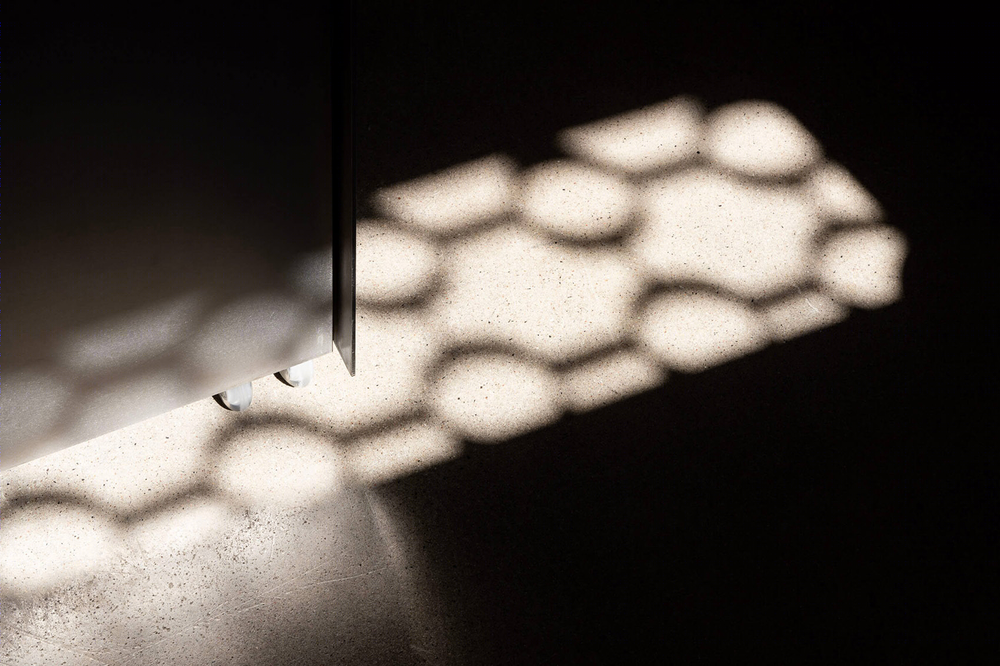
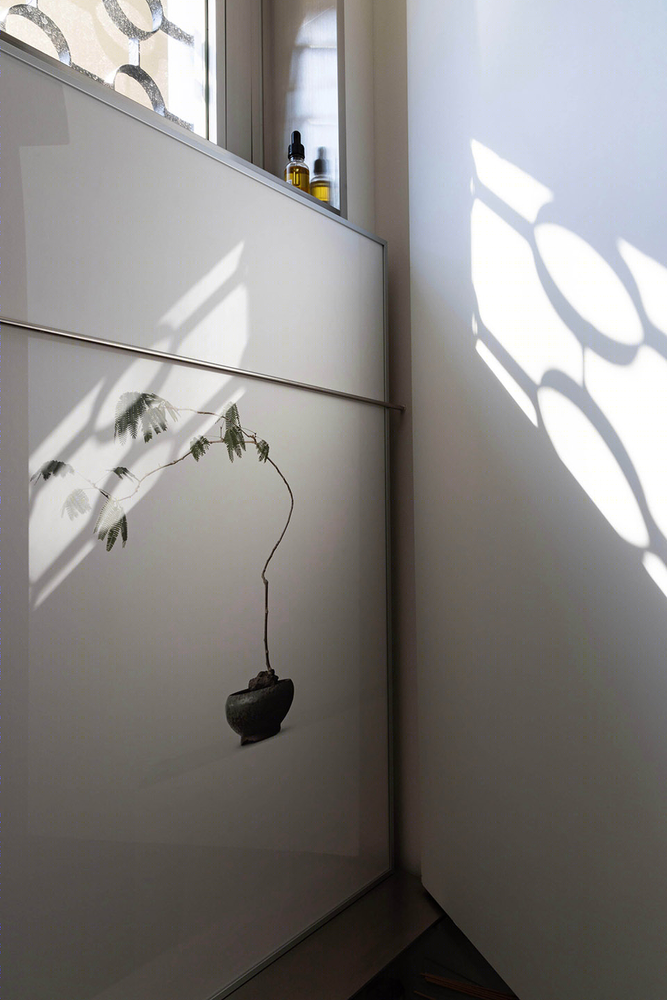
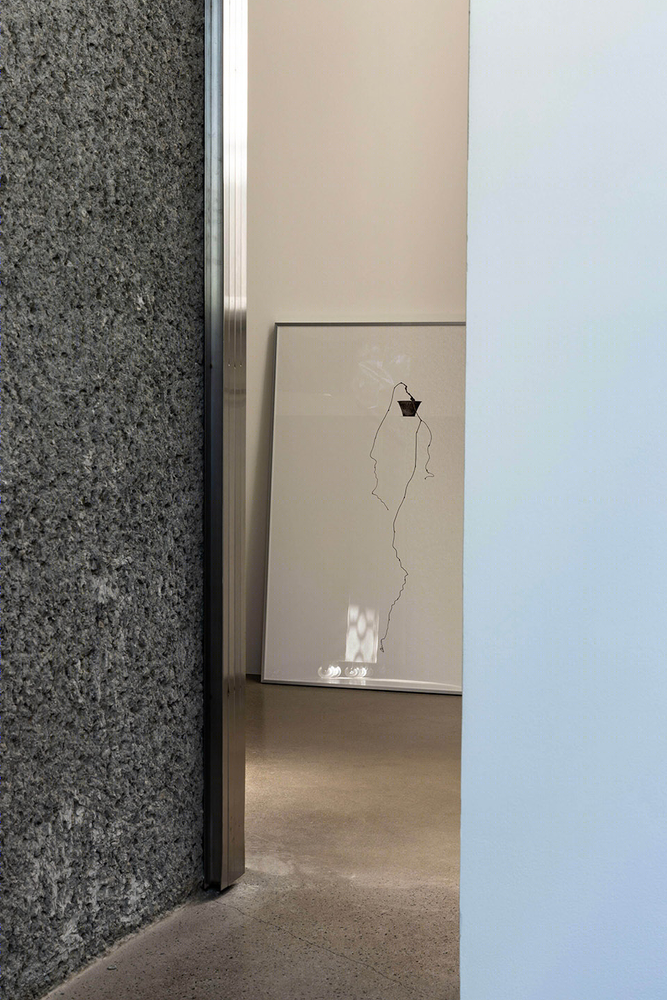
▼平面图 plan ©Creative Studio Unravel
